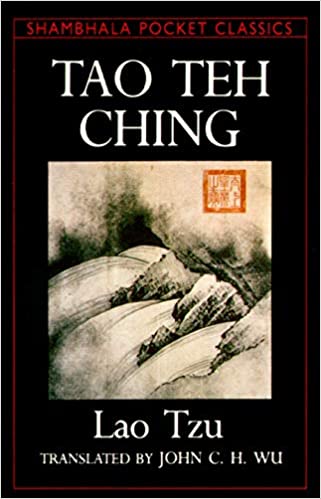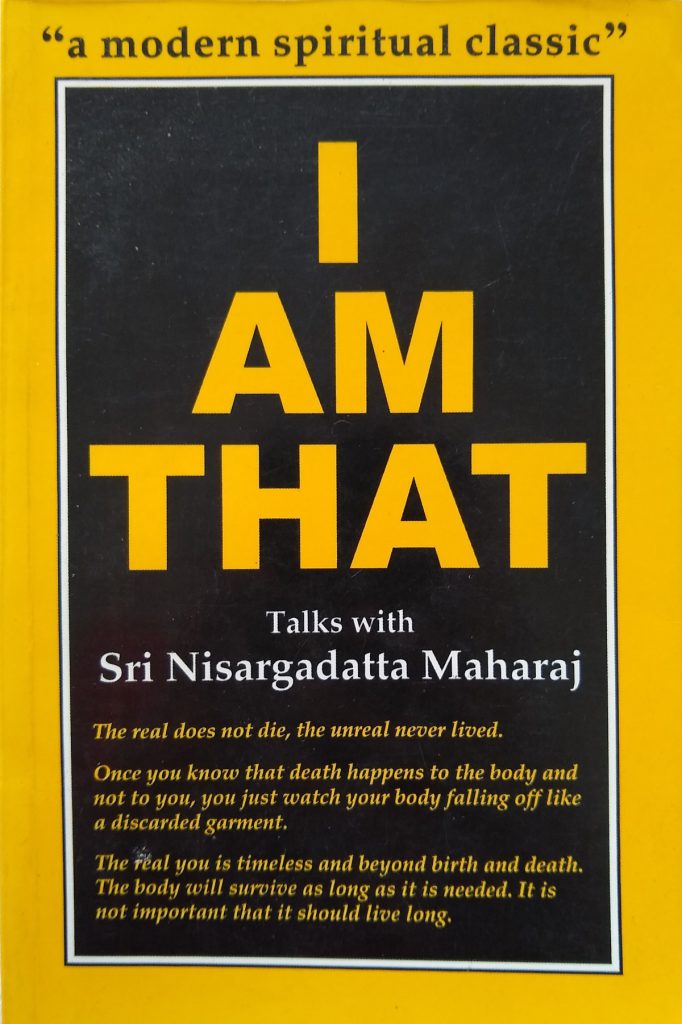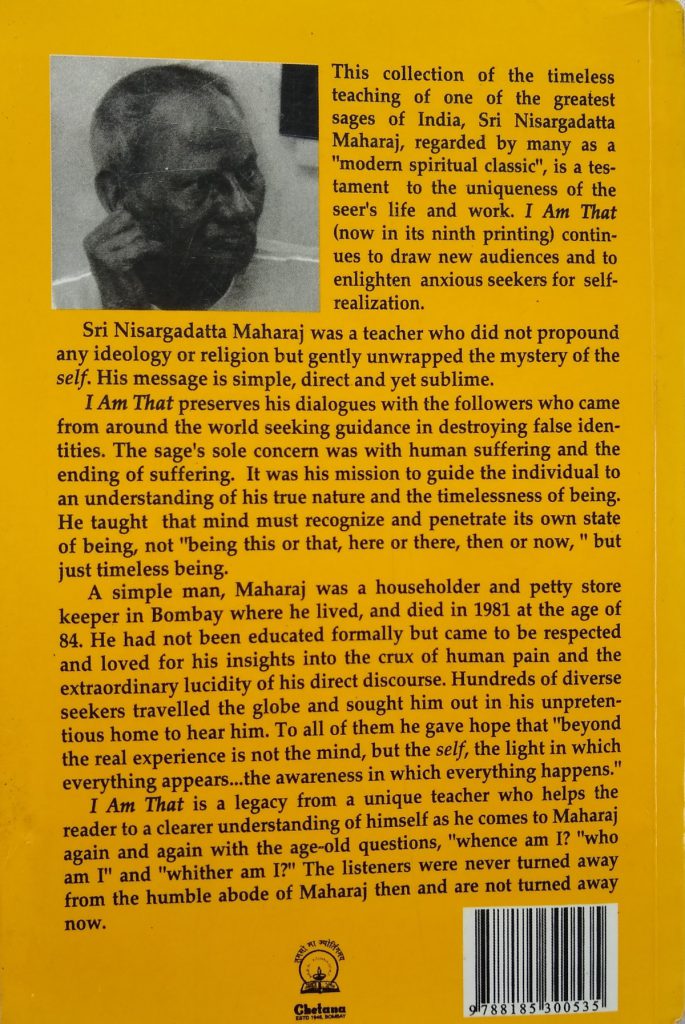Middle-class people of my generation (I was born in 1966) have seen constant improvement in our material wealth over our lifetime. We have gone from lower middle-class to upper middle-class and in some cases to the rich. Our children, who are now in their twenties, have grown up pampered. If people of my generation think about it at all, they think the lives of their children will follow the same trajectory of increasing material wealth. All the advice we give our children about the future has this assumption built into it.
Let us examine this assumption with some anecdotes:
– My friend who grew up in a barsati in Delhi today owns a posh 3-bedroom apartment and drives a Jaguar.
– When another friend joined his company in 1994, it had 4 thousand employees. Today I think it is more like 4 lakh, a 100 fold increase. My friend rose to the top of this company and created a lot of wealth for himself.
– When my uncle bought a plot of land around 1970, he paid Rs 4 thousand. Six years ago, a builder bought it and gave my uncle 4 flats out of the 10 he built on the plot. The flats are notionally worth Rs 4 Crores, a 10,000 fold increase.
etc.
You will also have stories like this to tell. Is it reasonable to assume that this kind of growth will also happen in the lives of our children? It seems very unlikely.
Here are some events that can make the upward graph change for our children:
– America having a large economic downturn or a stock market crash and the dollar losing its position as the reserve currency of the world.
– Fossil fuels becoming more difficult to extract and hence costing substantially more. (In other words, the end of the cheap, subsidised energy era)
– Environmental and personal health issues that make us fall out of the mainstream.
– A rearrangement in geo-politics, for example, a multi-polar world with many civilizational centres as opposed to the uni-polar world we live in today.
etc.
You can add to this list or create your own. Some honest contemplation on our experience will tell us that our children will live a different kind of life from ours.
If this is so, should we not be thinking about this now? If education is preparing children for the future, an uncertain future, should we not have a different conception of what we have to do in school? Is the frantic activity that goes on in schools, both mainstream and alternative, perhaps a way to postpone thinking about all this?


